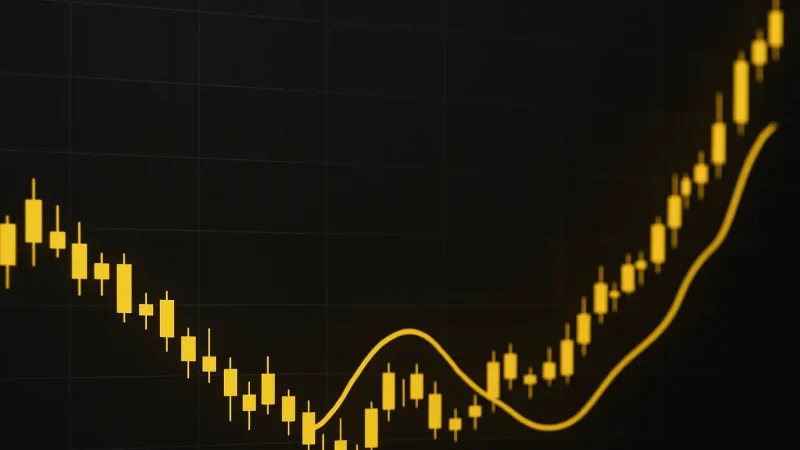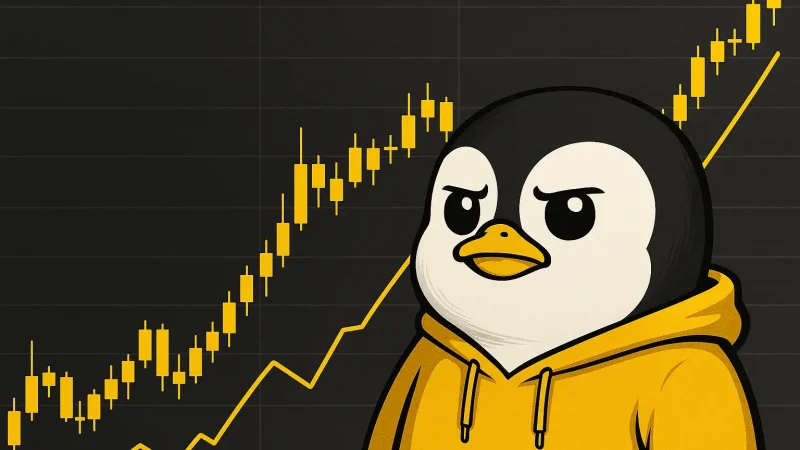From its earliest white paper days, Polkadot has promised one thing: seamless blockchain interoperability. Years on, in a crowded and skeptical crypto market, the once-hyped project has seen its price fall from all-time highs above $50 to just over $3—and yet, the fundamentals may be stronger than ever. With the emergence of Polkadot 2.0, expanding parachain adoption, and solid staking participation, a growing group of investors and developers are betting on a quiet renaissance. But can DOT reclaim double-digit territory in 2025?

Token Fundamentals in Flux
As of this writing, DOT trades just above $3.13, with a market capitalization exceeding $5.1 billion and a circulating supply of more than 1.6 billion tokens. Despite the low per-token value compared to its 2021 highs, activity on the Polkadot network suggests something different. Monthly active users are near record levels according to TokenTerminal, and over 50% of the DOT supply is staked, indicating strong network participation and investor conviction.
Recent events offer a more nuanced picture. Between August 11–18, 2025, approximately 2.3 million DOT tokens worth $9.41 million entered circulation, representing about 0.15% of the total supply. This supply increase briefly introduced selling pressure, but long-term sentiment remains cautiously optimistic due to the rollout of Polkadot 2.0 and its emphasis on elastic scaling and enhanced cross-chain communication.
Technical Landscape and Market Signals
From a technical standpoint, DOT begins Q4 2025 in a fragile position. The token trades below its 50-day moving average of $3.95 and sits under its 200-day SMA at $4.28. Currently hovering near $3.14, its nearest support remains at $3.00, while resistance lies at $3.86. A bearish MACD reading and a 34.7 RSI confirm downward pressure, although these indicators tip toward oversold conditions—suggesting a potential rebound if volume returns.
Network Upgrades Fuel Optimism
The Polkadot 2.0 upgrade launched in early August brought major enhancements, key among them a shift toward full Ethereum Virtual Machine (EVM) compatibility—unlocking broader DeFi and Web3 functionality. This development, when fully operational by year-end, could open DOT to Ethereum developers seeking scalable alternatives without abandoning Solidity. Combined with an increasingly vibrant parachain ecosystem and persistent developer engagement, Polkadot’s architecture is evolving beyond its academic origins.
Forecasting Through 2025 and Beyond
According to Coinpedia analysis, the DOT token may see a wide range of outcomes by the end of 2025. If bullish momentum continues and investor interest returns post-Polkadot 2.0, DOT could test highs near $10.40—a ~230% gain from current levels. A conservative average prediction rests at $6.93, with the lower bound at $3.47. This variability reflects broader uncertainties in the macro crypto environment but also highlights DOT’s significant price leverage in times of renewed optimism.
Mid and Long-Term Price Horizons
Looking further out, mid-term projections for 2026 and 2027 reflect increasing confidence in Polkadot’s maturing infrastructure. Estimates suggest prices could range from $5.20 to $15.60 in 2026, and between $7.80 and $23.40 in 2027. These are not moonshot targets, but rather expectations fueled by organic growth in its multichain architecture and wider adoption through native-staked parachains.
By 2030, some analysts envision a scenario where DOT reaches as high as $78.98—surpassing its previous ATH. This would reflect a world where cross-chain compatibility is central to Web3 operations and DOT has secured its place as a routing layer and liquidity hub for asset and data movement across chains.
Investor Reaction and Strategic Implications
Community response to the recent developments has been measured but increasingly optimistic. DOT’s active staking levels continue to exceed 50%, a strong sign of holder conviction. While Twitter and Reddit threads show a mixture of near-term skepticism and long-term hope, prominent influencers have framed Polkadot as an undervalued blue-chip protocol—especially if the trend toward modular blockchains accelerates.
Institutional signals are mixed. While DOT isn’t yet a common asset in crypto ETFs, there have been whispers of growing interest following the success of liquid staking solutions in other protocols. If DOT benefits from grayscale-style exposure or becomes a component in multi-chain DeFi indices, investor reach could grow swiftly.
Analyst Price Projections: Consensus or Chaos?
Broad sentiment among forecasting firms varies. Wallet Investor places DOT at $10.23 by 2025. DigitalCoinPrice offers a bolder call with a $20.71 forecast. Meanwhile, VanEck remains bullish with an earlier, standalone estimate of $36.36. These discrepancies suggest that while bullish potential exists, confidence in short-term timing remains low—typical in high-volatility markets.
Final Thought: Sleeping Giant or Relic of a Bygone Bull Market?
Polkadot stands at a crossroads. Technologically, it’s delivering on promises with cross-chain connectivity, economic incentives for application-specific chains, and an architecturally sound alternative to legacy Layer 1s. Yet, token price—still hovering near bear market lows—suggests much of the market isn’t fully paying attention. For investors willing to bet on fundamentals over hype, DOT may be one of Web3’s most intriguing long-term plays. But as always in crypto, narrative alone isn’t enough. Polkadot must translate these advances into visible product-market fit and user traction—or risk remaining a footnote in blockchain history.





